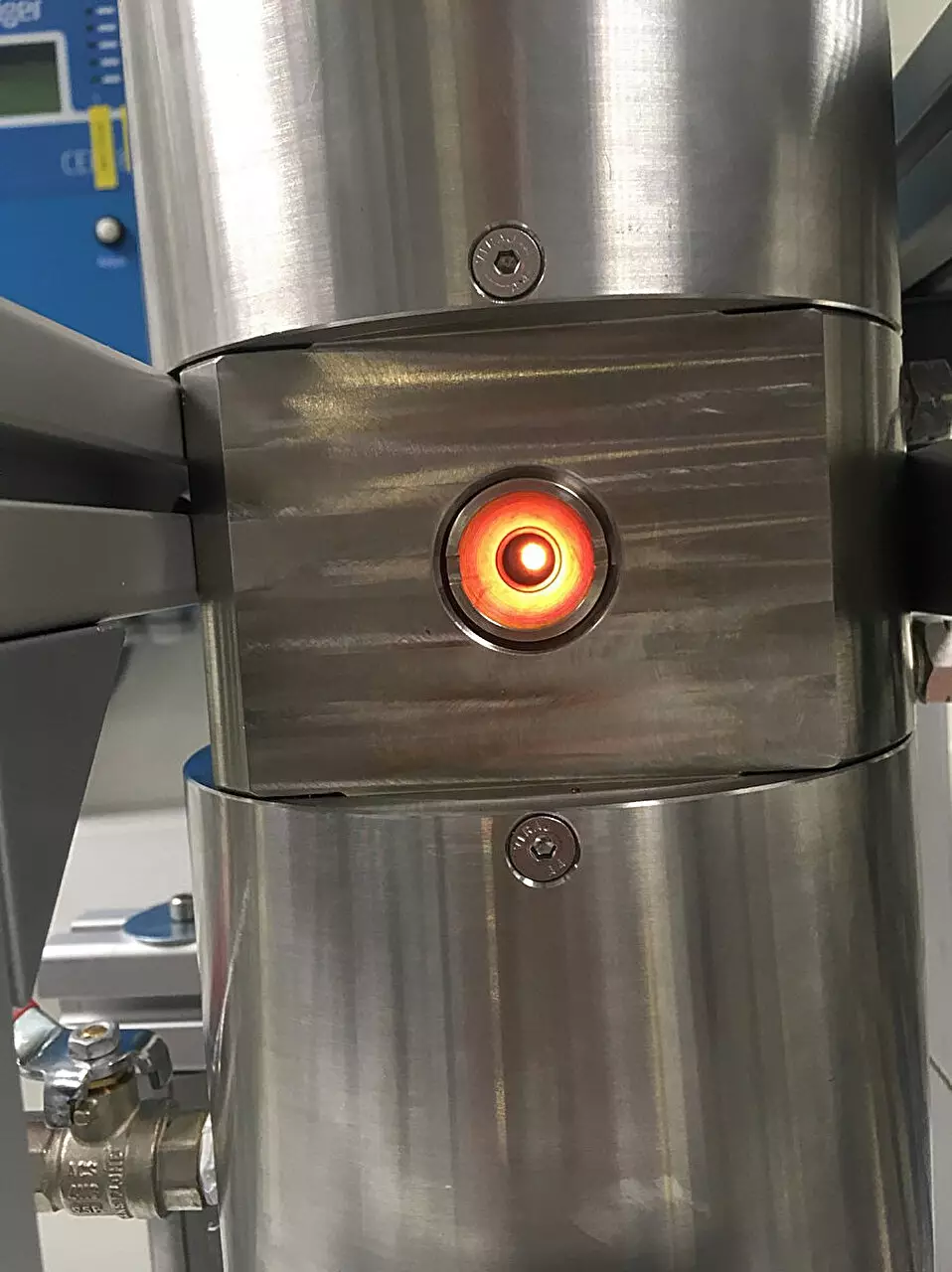Recent advancements at The University of Manchester have paved the way for a groundbreaking study in the field of volcanology. Scientists have successfully simulated the growth of bubbles in volcanic magma using a sophisticated pressure vessel designed to replicate the dynamics of volcanic eruptions. Published on August 16 in the prestigious journal Science Advances, this research opens new avenues for understanding one of the most unpredictable natural events on Earth. The laboratory-based observations have provided unprecedented insights into vesiculation kinetics in basaltic magmas, which primarily occur beneath the surface and remain elusive to direct observation.
Volcanic eruptions can vary immensely, manifesting in either tranquil lava flows or cataclysmic explosive events. This dynamic range can shift abruptly—transforming a gentle eruption into a violent explosion almost instantaneously. The consequences of such eruptions can be dire, causing localized devastation and inducing broader global repercussions, including disruptions in air travel and alterations to climatic conditions. The research emphasizes that the mode of eruption is significantly influenced by the behavior of gas trapped within magma. A vivid analogy likens the release of volcanic gases to the way champagne is opened; the methodical twist of a bottle cap mirrors a volcanic eruption’s gentler release, while a vigorous shake resembles the chaotic expulsion of magma in an explosive eruption.
At the heart of this study is the notion of gas-melt coupling—the interaction between gas bubbles dissolved in magma and the molten rock itself. A stronger coupling can result in explosive eruptions, whereas weaker coupling leads to more effusive eruptions. The research employed advanced technology to observe these interactions in real time, providing scientists the unique opportunity to count and analyze the growth and merging of bubbles within magma as it ascends. The newly developed pressure vessel was engineered to withstand substantial internal pressures, allowing researchers to simulate various volcanic conditions without compromising safety.
The experiment incorporated high-energy X-ray imaging from the I12-JEEP synchrotron beamline at the Diamond Light Source, enabling scientists to visualize the bubble dynamics occurring within the magma sample. Through this cutting-edge method, researchers were able to study how changes in pressure and temperature affected bubble formation and growth, ranging from depths of 10 kilometers within the magma system up to the conduit leading to the volcano’s surface. Lead author Dr. Barbara Bonechi emphasized the importance of these findings, stating that they enhance our understanding of how magmas behave during their ascent, ultimately influencing eruption styles.
The implications of this research extend beyond theoretical understanding; they carry significant real-world relevance. By elucidating the processes that underlie different eruptive behaviors, scientists can better assess potential volcanic hazards. This knowledge is crucial for communities situated in regions of active basaltic volcanism, where timely warnings and effective risk mitigation strategies can save lives and property. The study’s findings align with earlier numerical and theoretical models, corroborating existing theories about magma behavior while simultaneously presenting fresh insights about the dynamics of bubble growth and coalescence.
The innovative work conducted at The University of Manchester marks a significant step forward in the field of volcanology. By leveraging state-of-the-art technology and experimental design, researchers have illuminated the complex interactions between gas and magma. This profound understanding of eruptive mechanics not only enriches scientific discourse but also enhances preparedness for volcanic events. As scientists continue to decode the intricacies of volcanic eruptions, the knowledge gained from such studies will ultimately contribute to more effective monitoring and risk management practices, safeguarding both human lives and the environment.


Leave a Reply